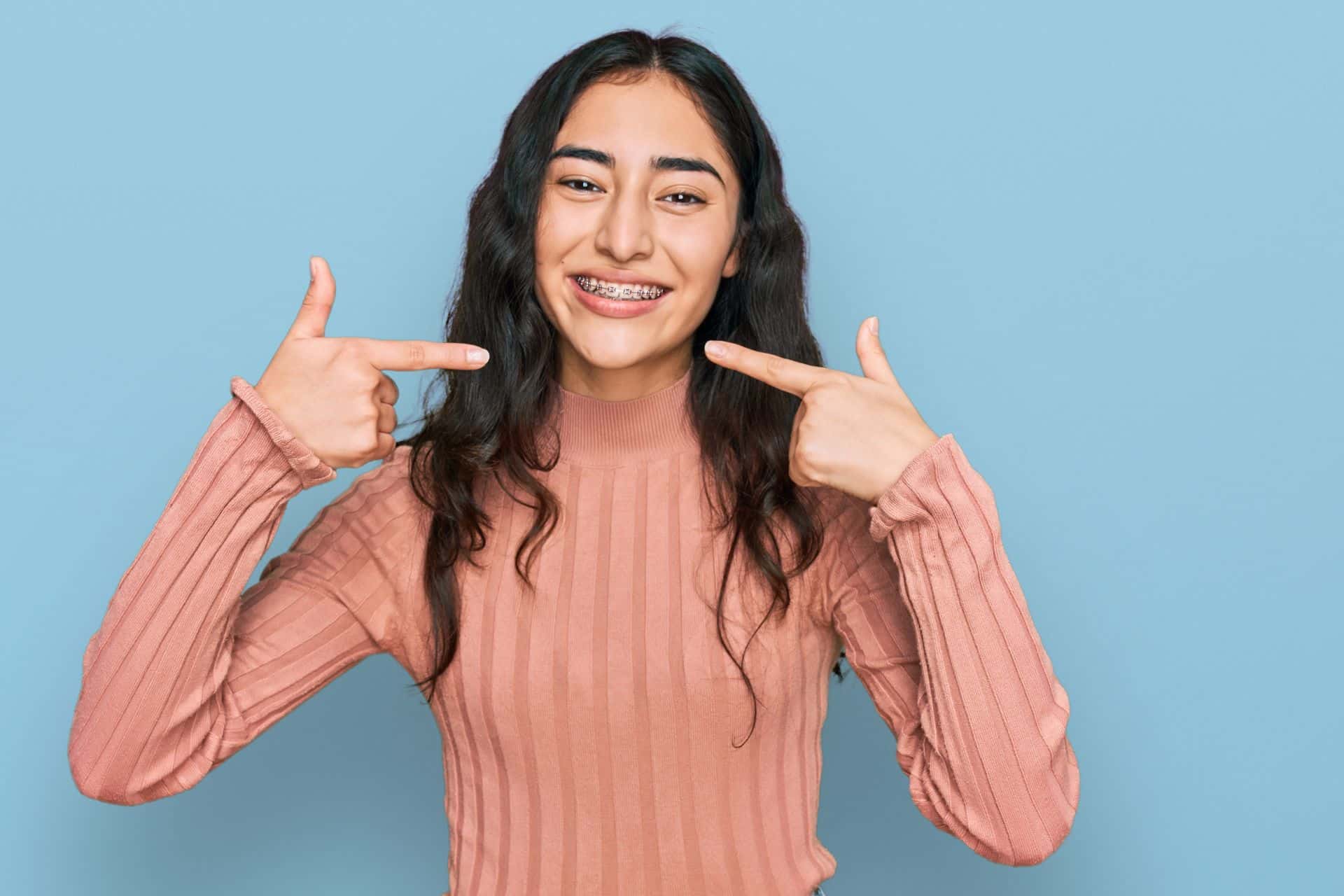Choosing Between Braces vs Invisalign: A Comprehensive Guide

Braces have been the cornerstone of orthodontic treatment for decades, providing reliable solutions for even the most complex dental issues. Meanwhile, Invisalign has revolutionized the field with its nearly invisible aligners that straighten teeth discreetly without compromising aesthetics during treatment.
This comprehensive guide from Dr. Laurie McNamara McClatchey will explore the characteristics of both treatment options in detail, helping you make an informed decision based on your specific needs and circumstances.
Understanding Invisalign
What Is Invisalign?
Invisalign consists of custom-made, clear plastic aligners designed to gradually shift your teeth into their proper positions. The treatment process begins with 3D computer imaging to create a personalized treatment plan.
Ideal Candidates
Invisalign works best for individuals with mild to moderate orthodontic issues, including:
- Minor to moderate crowding
- Spacing problems
- Certain bite irregularities
Advantages of Invisalign
- Aesthetic Appeal: The clear aligners are virtually invisible, making them an excellent choice for those concerned about appearance during treatment.
- Comfort: The smooth plastic design eliminates the discomfort often associated with metal brackets and wires.
- Convenience: Aligners can be removed for eating, brushing, and flossing, allowing for better oral hygiene and no dietary restrictions.
- Fewer Office Visits: Treatment typically requires check-ups every 6-8 weeks rather than monthly adjustments.
Limitations of Invisalign
- Discipline Required: Success depends on wearing the aligners for 20-22 hours daily.
- Complex Case Limitations: May not be suitable for severe orthodontic issues or certain tooth movements.
- Cost Factor: Often more expensive than traditional braces, though prices vary by location and provider.
Traditional Braces Explained
What Are Traditional Braces?
Traditional braces consist of metal or ceramic brackets attached to the teeth, connected by wires and bands that gradually move teeth into alignment. Your orthodontist adjusts these components periodically to guide teeth movement.
Ideal Candidates
Traditional braces are effective for virtually all orthodontic issues, including:
- Severe misalignment
- Complex bite problems
- Significant crowding
- Rotated teeth
Advantages of Traditional Braces
- Effectiveness: Capable of treating even the most complex orthodontic issues with precision.
- No Compliance Issues: Fixed to teeth, eliminating concerns about patient compliance.
- Cost-Effective: Generally less expensive than Invisalign.
- Colored Bands Option: Popular with younger patients who enjoy customizing their look.
Limitations of Traditional Braces
- Aesthetic Concerns: More visible than clear aligners, though ceramic options are less noticeable.
- Dietary Restrictions: Certain foods must be avoided to prevent damage to brackets and wires.
- Oral Hygiene Challenges: Cleaning around brackets and wires requires more time and special tools.
- Initial Discomfort: May cause soreness and irritation, especially after adjustments.
Braces vs Invisalign: Side-by-Side Comparison
Treatment Duration
- Invisalign: Typically 12-18 months for most cases
- Traditional Braces: Generally 18-24 months, potentially longer for complex cases
Appearance
- Invisalign: Nearly invisible
- Traditional Braces: Noticeable, though ceramic options are less conspicuous
Comfort
- Invisalign: Generally more comfortable with no metal components to cause irritation
- Traditional Braces: Initial discomfort and periodic soreness after adjustments
Maintenance
- Invisalign: Aligners require daily cleaning; regular brushing and flossing remain straightforward
- Traditional Braces: Require special brushing techniques and tools like floss threaders
Follow-up Appointments
- Invisalign: Typically every 6-8 weeks
- Traditional Braces: Usually every 4 weeks for adjustments
Making Your Decision
The right choice between Invisalign and traditional braces depends on several key factors:
- Severity of Your Orthodontic Issues: Complex cases may benefit more from traditional braces.
- Lifestyle Considerations: If appearance during treatment is paramount or if you participate in contact sports, Invisalign might be preferable.
- Discipline and Responsibility: Invisalign requires commitment to wearing aligners consistently.
- Budget Constraints: Consider both the upfront cost and what your insurance may cover.
- Age Factors: While both options work for all ages, teenagers and children sometimes benefit from the fixed nature of traditional braces.
McNamara Orthodontics Is Here to Help You
Both Invisalign and braces offer effective paths to a straighter smile and improved oral health. The best choice varies from person to person based on individual circumstances, preferences, and orthodontic needs.
Before making your decision, consult with Dr. Laurie McNamara McClatchey who can evaluate your specific situation and recommend the most appropriate treatment option. Reach out to us and get a professional assessment that will ensure you achieve optimal results regardless of which method you choose.